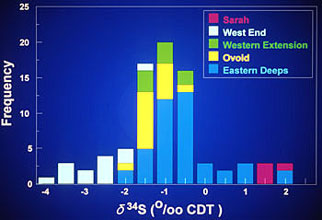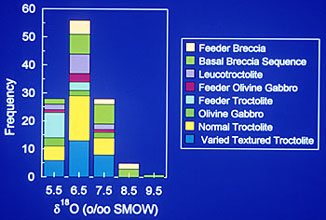- Ph.D., Pennsylvania State University, 1976
- M.S., University of Minnesota, 1973
- B.S., Illinois State University, 1971

Edward M. Ripley
Professor, Earth and Atmospheric Sciences

Professor, Earth and Atmospheric Sciences
My research interests include the genesis of metallic ore deposits and the application of stable isotopic geochemistry to petrologic problems. Primary research goals center on the understanding of both igneous and hydrothermal processes that control the concentration of metals in a variety of geologic settings.
Techniques employed in this research program include field mapping, transmitted and reflected light microscopy, fluid inclusion microthermometry, major and trace element analyses, stable isotopic measurements, a variety of microbeam analytical techniques, and thermodynamic/kinetic modeling.
Examples of research currently in progress include studies of the genesis of copper, nickel and platinum group elements in mafic igneous rocks of the Duluth Complex and Voisey’s Bay deposit, Jinchuan deposit, Stillwater Complex, Duke Island Complex, and the Bushveld Complex, hydrothermal flow systems associated with continental rift zones, experimental studies of metal solubility in mafic magmas, and hydrothermal beryllium mineralization in rhyolitic volcanic rocks. Specific topics of concern include the relative roles of fractional crystallization and assimilation of country rocks in the formation of immiscible sulfide melt, the origin of hydrothermal fluids involved in the sub-solidus redistribution of platinum, palladium and gold, and both magmatic and meteoric waters in hydrothermal beryllium mineralization.
Additional projects concern sulfur isotopic fractionation in ore systems, stable and radiogenic isotopic systematics of melt-country rock interaction, and metal enrichment in organic-bearing sediments.


I serve on several Departmental committees, and am a reviewer for several national and international journals, Associate Editor of Geochimica et Cosmochimica Acta, and am a proposal reviewer for NSF, PRF, Australian Research Council, and Canadian Research Council.